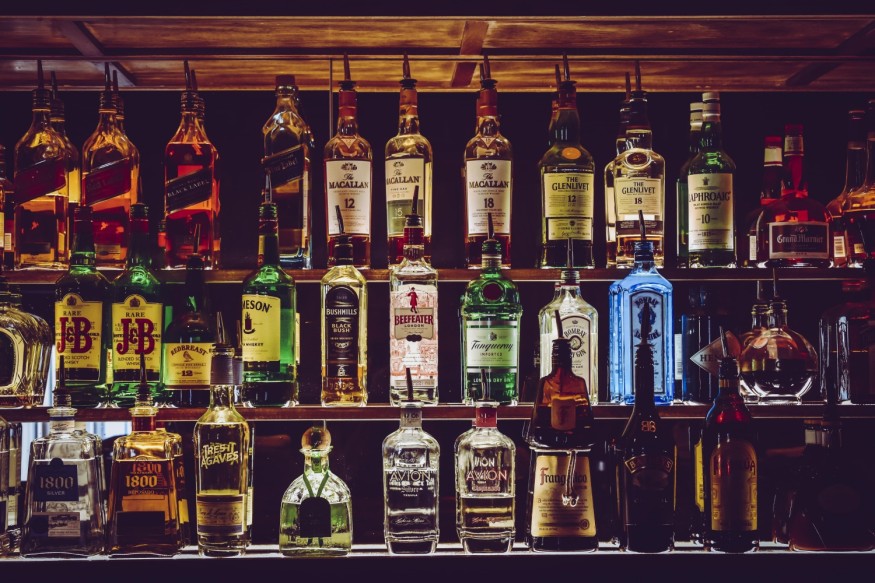The Story Behind the Cuban Cocktail Named After Ernest Hemingway

Ernest Hemingway once said that if you want to know about a culture, spend a night in its bars.
The old man must be right. Now, he has a Cuban cocktail named after him.
Hemingway, special or also known as Hemingway Daiquiri was born in Havana's El Floridita bar.
One fateful day Hemingway needed a bathroom. He had stopped into El Floridita bar, and on his way out, he saw the bartender setting up Daiquiris.
He asked for a taste and said he would have liked it better without sugar and double the rum.
The bartender made the drink as Hemingway liked, and the rest was history.
With light rum, fresh lime juice and grape juice, sugar, and Maraschino liqueur, you can taste the cocktail made after Hemingway.
There were no direct accounts if Hemingway ever managed to drink his namesake cocktail at the Havana bar.
But stories are saying he drank Mojito quite often at La Bodeguita del Medio in Havana.
Hemingway And The Mojito Story
Some stories claim that Hemingway wrote an inscription on the wall at La Bodeguita, saying, "My mojito in La Bodeguita, My daiquiri in El Floridita."
These claims were later debunked, saying it was a forgery.
The owner of the bodega and a Cuban journalist, who was also a friend of Hemingway, Fernando Campoamor, was thinking about ways to grow the business.
Campoamor said it was a funny joke and nothing more.
"Well, I had these things at home in Papa's handwriting, so they hired a graphic artist to imitate it. I protested this, even though I enjoyed the humor at the beginning. This was merely a private joke among friends. But the little joke grew into a big lie," Campoamor was quoted.
Hemingway in Cuba
"The Old Man and the Sea" author was considered to be Cuba's adopted son. He stayed in Cuba at the start of the late 1930s.
Hemingway earned the nickname "Papa" in Cuba.
He first lived at the Hotel Ambos Mundos in Old Havana and a patron of bars El Floridita and La Bodeguita del Medio, which are both internationally famous through his writings.
He bought Finca Vigia or also known as Lookout Farm, for himself and his third wife. He lived there until 1960.
It is a 15-acre property located outside Havana. In this Cuban villa, he wrote some of his works there, such as the "The Old Man and the Sea."
In 2005, it was restored through a collaboration between the U.S. and Cuba.
The Finca Vigia is now owned by the Cuban government and is one of the country's most popular tourist sites.
The villa had been Hemingway's place for writing, drinking, and fishing.
"From the hillside residence, he entertained fellow writers, diplomats, and Hollywood stars," according to a report.
The American writer left his home when Washington and Havana broke diplomatic ties.
It is now known as the Museo Ernest Hemingway and features items such as his unpublished writings, original typewriter, and fishing boat.
Check this out:
History of the Mojito: How Ernest Hemingway's Favorite Cuban Drink Became an Artisanal Latin Staple
U.S., Cuba to Jointly Restore Hemingway's House Near Havana
USA-Cuba Relations: Caribbean Country Fears Influx of Thousands of U.S. Yachts
Subscribe to Latin Post!
Sign up for our free newsletter for the Latest coverage!
© 2025 Latin Post. All rights reserved. Do not reproduce without permission.













